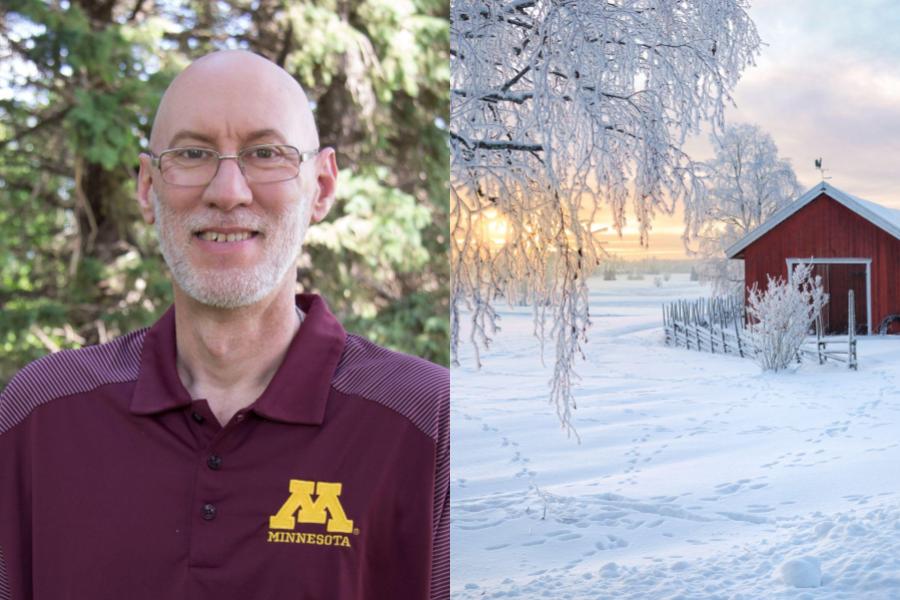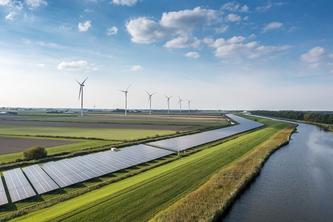
MINNEAPOLIS/ST. PAUL (01/06/2023) — Though some homeowners and commuters in Minnesota consider heavy snowfall an inconvenience, many are hoping this season’s above average snow totals will provide drought relief in many parts of the state, after difficult years in 2021 and 2022.
Jeff Strock, a professor at the U of M’s Southwest Research and Outreach Center, provides expert comment on how heavy snowfall is expected to impact soil and drought in 2023.
Jeff Strock, Ph.D.
“While above average snowfall may be perceived as a positive for addressing drought, the reality is that it depends. It’s important to remember that snow is not as effective as rain for addressing drought conditions. As a rule of thumb, only about 25% of the water from melting snow will infiltrate the soil.
In most areas of Minnesota, the ground is frozen. The official frost depth as of Tuesday, January 3 at the Southwest Research & Outreach Center in Lamberton was 22 inches, which is similar to the same time last year. If the spring snowmelt is fast and the ground is still frozen, very little if any moisture available from the snow will get into the soil for recharge. A fast melt in the spring, on frozen soil, could result in localized flooding, however, there is a lot of storage capacity in rivers, marshes and sloughs because they dried up during the drought.
If the spring thaw is relatively slow, some of the moisture from the melting snow will infiltrate the soil. A slow spring melt would help provide decent conditions for planting and germination of seed.”
Jeff Strock is a professor in the Department of Soil, Water & Climate and works at the Southwest Research and Outreach Center. His areas of interest include soil hydrology, water quality and fertility. His research and outreach activities focus on soil hydrology, agricultural drainage and nutrient management in agricultural systems.
-30-
About the College of Food, Agricultural and Natural Resource Sciences
The University of Minnesota’s College of Food, Agricultural and Natural Resource Sciences (CFANS) strives to inspire minds, nourish people, and sustainably enhance the natural environment. CFANS has a legacy of innovation, bringing discoveries to life through science and educating the next generation of leaders. Every day, students, faculty, and researchers use science to address the grand challenges of the world today and in the future. CFANS offers an unparalleled expanse of experiential learning opportunities for students and the community, with 12 academic departments, 10 research and outreach centers across the state, the Minnesota Landscape Arboretum, the Bell Museum of Natural History, and dozens of interdisciplinary centers.
About “Expert Alert”
University of Minnesota experts can provide commentary, insights and opinions on various news topics. Find selected experts on the University’s Experts Guide or send requests to [email protected].
- Categories:
- Agriculture and Environment





